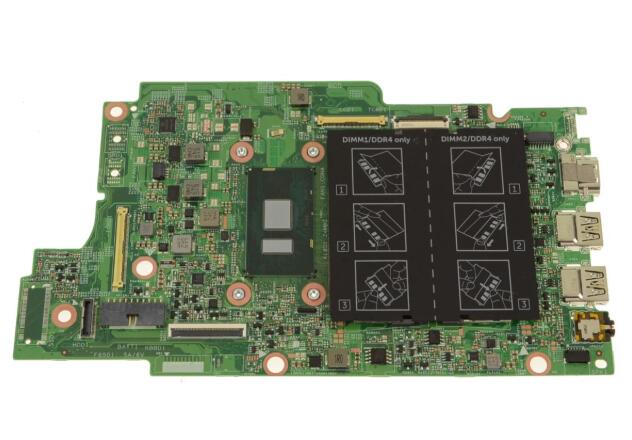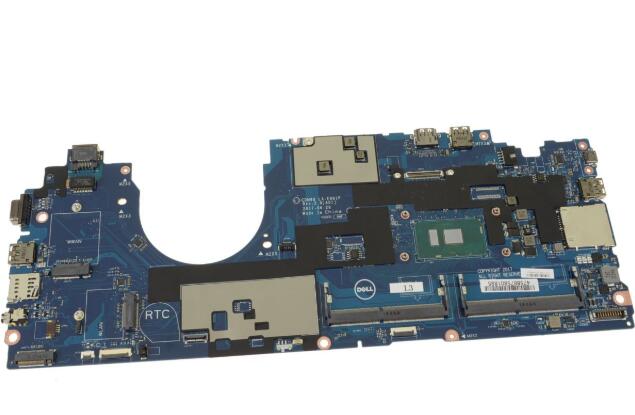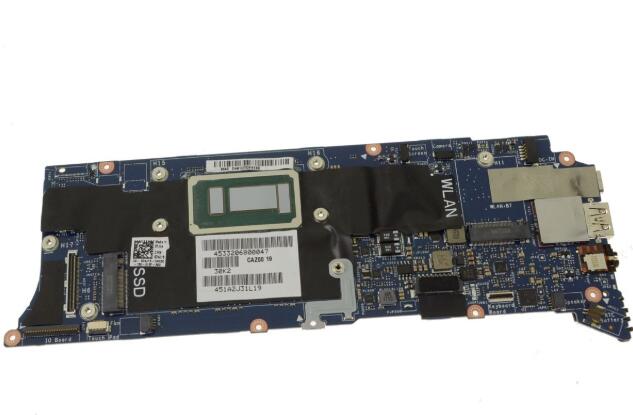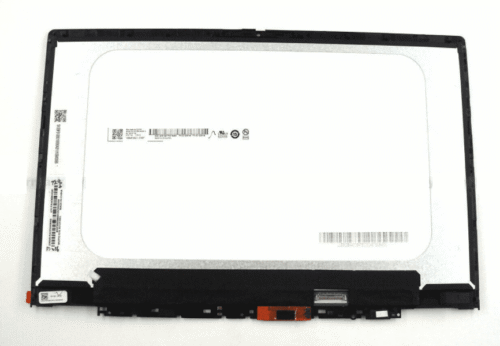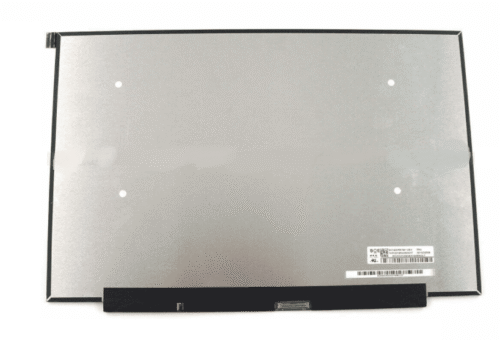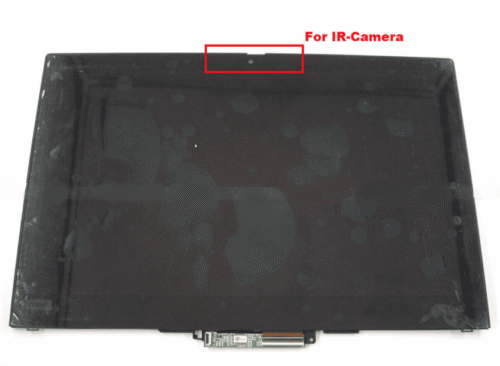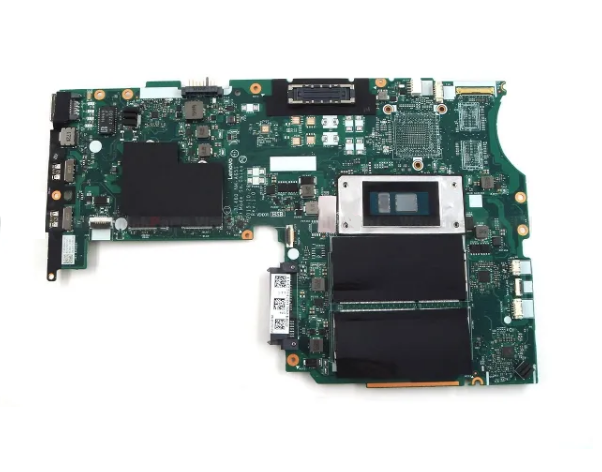
what’s the function of a motherboard in a computer system?
The motherboard, often referred to as the mainboard or system board, serves as the central nervous system of a computer. It is a critical component that provides the foundational framework for all other hardware components to communicate and interact effectively within the system. The function of a motherboard can be elucidated across several key aspects, each of which plays a pivotal role in the overall operation and functionality of the computer system.
- Physical Connection Hub: At its core, the motherboard serves as a physical platform that allows various hardware components to be connected and integrated into a cohesive system. Through a combination of slots, sockets, ports, and connectors, the motherboard facilitates the attachment of essential components such as the CPU (Central Processing Unit), RAM (Random Access Memory), GPU (Graphics Processing Unit), storage drives, expansion cards, and various peripherals.
- Data Communication: The motherboard acts as a conduit for data communication between different hardware elements within the computer system. It provides pathways for the transmission of data between the CPU, RAM, storage devices, expansion cards, and other peripherals. These pathways, often in the form of buses, channels, and interfaces, enable high-speed data transfer and facilitate seamless operation of the entire system.
- Power Distribution: Another crucial function of the motherboard is to distribute power to all connected components effectively. It integrates power connectors and regulators that receive power from the PSU (Power Supply Unit) and deliver it to the CPU, RAM, expansion slots, and other peripheral devices. By ensuring a stable and regulated power supply, the motherboard enables reliable operation and prevents potential damage to sensitive components due to power fluctuations or surges.
- BIOS/UEFI Interface: The motherboard hosts the BIOS (Basic Input/Output System) or UEFI (Unified Extensible Firmware Interface), which serves as the firmware interface between the hardware components and the operating system. The BIOS/UEFI initializes the hardware during the boot process, performs system checks and diagnostics, and provides essential configuration options for optimizing system performance and compatibility.
- System Clock and Timing Control: The motherboard contains components responsible for generating and synchronizing the system clock signals, which regulate the timing and sequencing of operations within the computer system. These components ensure that data transfers, instructions execution, and other critical processes occur in a coordinated manner, maintaining system stability and performance.
- Expansion and Upgrade Capabilities: One of the key advantages of modern motherboards is their support for expansion and upgrade options. They feature multiple expansion slots, such as PCIe (Peripheral Component Interconnect Express) slots, DIMM (Dual In-line Memory Module) slots, and SATA (Serial ATA) connectors, which allow users to add or upgrade components like graphics cards, memory modules, storage drives, and networking cards to enhance system capabilities and accommodate evolving needs.
- System Management and Monitoring: Many motherboards incorporate built-in features for system management and monitoring, including temperature sensors, voltage regulators, and fan controllers. These features enable real-time monitoring of critical parameters, allowing users to assess system health, diagnose hardware issues, and adjust settings to optimize performance and reliability.
- Integration of Peripheral Interfaces: The motherboard integrates a variety of peripheral interfaces, including USB (Universal Serial Bus), Ethernet, audio, video, and other connectivity options, to facilitate seamless interaction with external devices and networks. These interfaces enable users to connect input devices, external storage, displays, audio equipment, and networking devices, expanding the functionality and versatility of the computer system.
In summary, the motherboard serves as the foundational backbone of a computer system, providing the essential infrastructure for hardware integration, data communication, power distribution, firmware management, timing control, expansion, system management, and peripheral connectivity. Its multifaceted role underscores its importance as a central component that governs the functionality, performance, and expandability of modern computing platforms.

